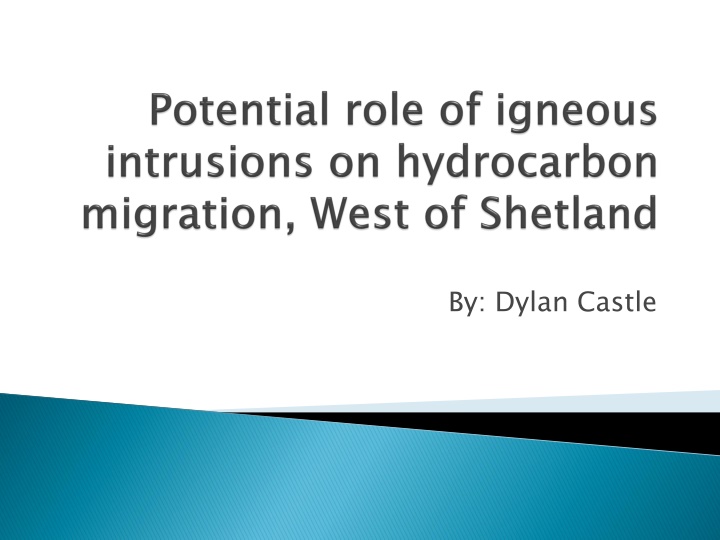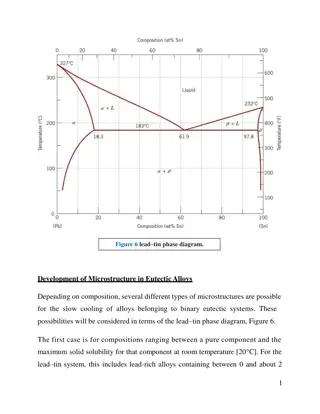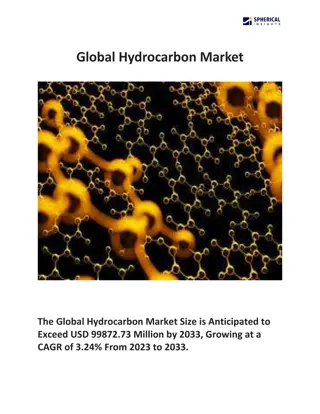Intrusions Influence on Hydrocarbon Migration in Sill Compositions
The study focuses on how igneous intrusions, particularly sills composed of dolerite, influence the migration of hydrocarbons. Seismic surveys and well data reveal the presence of fractured cores in sills, leading to high gas values. The findings suggest a post-intrusion migration process, highlighting the role of intrusions in hydrocarbon migration. Compartmentalization by sills acts as impermeable layers, potentially trapping hydrocarbons close to their source and reducing the overall volume.
Download Presentation

Please find below an Image/Link to download the presentation.
The content on the website is provided AS IS for your information and personal use only. It may not be sold, licensed, or shared on other websites without obtaining consent from the author.If you encounter any issues during the download, it is possible that the publisher has removed the file from their server.
You are allowed to download the files provided on this website for personal or commercial use, subject to the condition that they are used lawfully. All files are the property of their respective owners.
The content on the website is provided AS IS for your information and personal use only. It may not be sold, licensed, or shared on other websites without obtaining consent from the author.
E N D
Presentation Transcript
Locality Igneous Intrusions Study Methods How intrusions influence hydrocarbon (HC) migration Sill Composition and porosity Proposed Models Conclusion
Shetland Islands: Northern border of North Sea FSB: located betweem Shetland and Faroe Islands
The GSA defines intrusions as magma that cools and solidifies before reaching the surface. Three common types: Sills, dykes, and batholiths The FSB contains mostly large sills Sills: magma intrudes between rock layers, forming a horizontal sheet of igneous rock Cover and area of at least 40,000km2 Intruded between 55 and 53 Ma
Seismic Surveys 3D seismic cube with an area of 18,500 km2 Well Data 13 wells All had mud and CPI logs 7 of 13 wells had cores in sills
Sills are composed of Dolerite Similar to basalt, but with larger crystals. Factors that lead to permeability in intrusions. Vesicles Cores revealed vesicles that were low in frequency and many were cemented with secondary minerals Metasomatism (Hydrothermal alteration) Log data showed little to no dolerite alteration Open/cemented fractures Some cores had evidence of extensive fracturing
Many wells with fractured cores produced high gas values Proposed fracturing sources Cooling Post intrusion tectonic activity Surprising due to depth (4000-5000m TVDSS (~16,400ft)) Proved migration happened post-intrusion and intrusions have a role in HC migration.
Compartmentalization Sills acting as impermeable layers HC s can be trapped close to source Reduce source rock size, which leads to smaller volumes.
Carrier of HCs Fractures in sills create high permeability pathway Most HC s migrate past sills and escape at sill edges This seems to occur frequently in the FSB
Intrusions in FSB may act as carriers and barriers. Fractures appear to be major factors in sill permeability. Hydrocarbon migration may result in HC concentration at sill edges. Hydrocarbons could be compartmentalized by sills.























